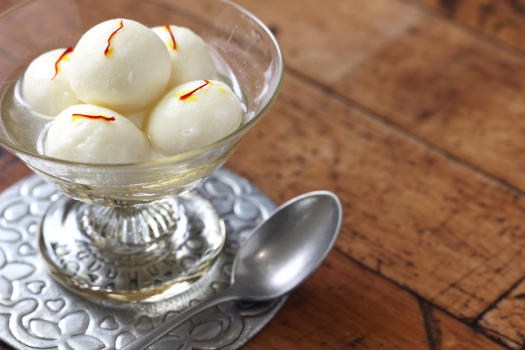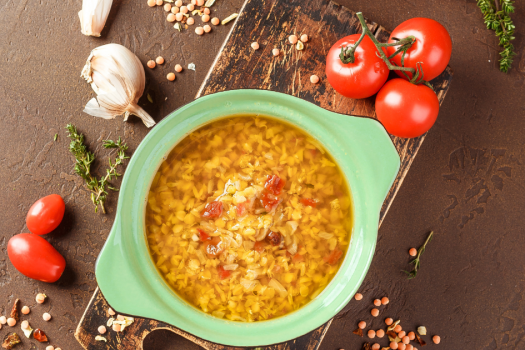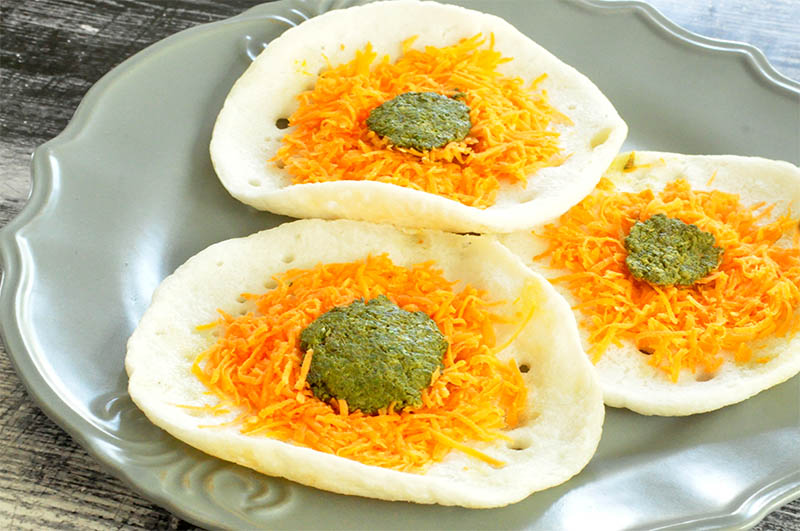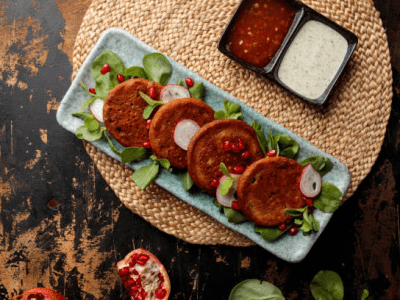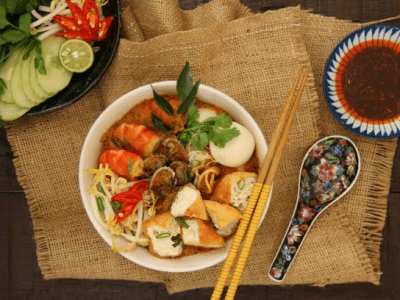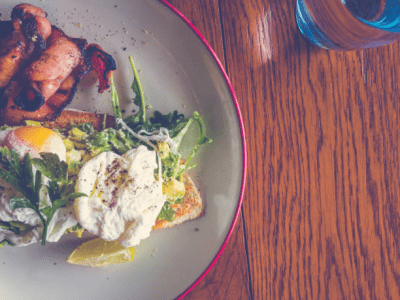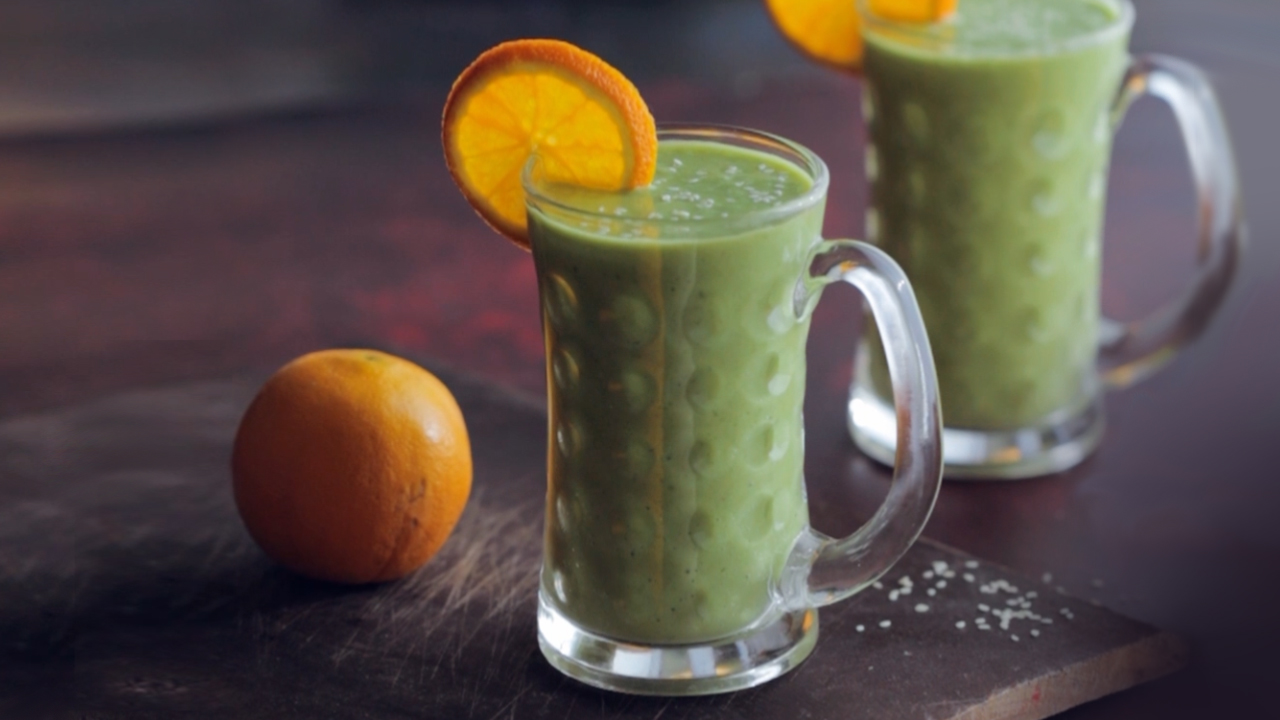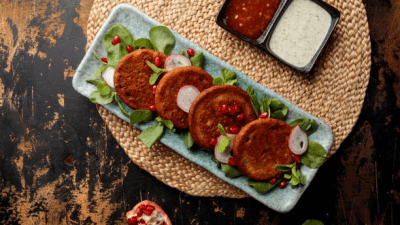Introduction
Rasgulla is one of the most famous sweet treats in India. There are different versions of rasagulla around the country, each with its unique flavour. Rasgullas are made by kneading cottage cheese into balls and soaking them in sugar syrup for a short period. It’s a simple recipe that results in an amazingly delicious treat!
To help you get to know this tasty dessert better, here are six interesting facts about rasgulla:
It first originated in Puri.
The rasagulla is an Indian sweet delicacy that has been around for centuries. It was first made in the town of Puri, in Odisha (formerly Orissa). Puri is a centre for sweets and other delicious food items, so it’s no surprise that this dessert originated there.
Generally, the rasagulla has main ingredients as chhena, curdled milk solids with sugar, water and food colouring added to create a light pink colour. You can pour this mixture into moulds to set to soak them into the syrup and ready to eat!
Further Reading: Gulab Pak: A Healthy And Refreshing Mitha or Dessert
In Indian culture, the rasagulla is a symbol of well-being.
Rasagulla has been a part of Indian culture for centuries. We know Rasgulla is one of the most delicious desserts and is has several flavours to create a fantastic taste. Although it hails from Bengal, today, it is master of desserts all over India. Rasgullas are also known as rasmalai or roshogolla. In the Bengali language, Roshogolla means “cream ball”, and Malai means “cheese” or “curd” (the main ingredient).
The word ”ras” means syrup, ”gulla” means ball, and ”roshogolla” means stuffing with essence.
Rasgulla is a sweet dish made from chhena, which is a type of cheese. The word ”ras” means syrup, ”gulla” means ball, and ”roshogolla” means stuffing with essence.
Further Reading: Eggless Dessert Tubs Masterclass
Rasgulla has 3 main ingredients.
Rasgulla is a dessert made from milk, sugar and yeast. It is popular in West Bengal and Odisha.
The main ingredients of Rasgulla are milk, sugar, and yeast. The main ingredient which makes the dish unique is yeast. Yeast ferments the sugar in warm water to form carbon dioxide gas bubbles that expand inside the rasgulla balls due to increased pressure when heated by steam or boiling liquid (like water). This causes them to rise like balloons until they burst open when they become too large for their skins!
Different versions of rasgulla are famous around India.
Rasgulla is a sweet dessert made with cottage cheese in India. It is one of India’s most popular desserts and is considered an essential part of any Indian meal. The word rasgulla comes from the Sanskrit words rasa (juice) and gulika (ball). Rasgulla started as a snack made by milkmen, but it has become famous throughout India over time. Today there are many different versions of this delicious dish, but the standard version includes milk solids and sugar boiled together until they form a soft ball that looks like a small dumpling!
Further Reading: Choco Lava Cake Recipe: Try This Quick And Easy Dessert
Rasgulla is a sweet treat that is uniquely Indian and has exciting origins.
Rasgulla is a sweet treat that is uniquely Indian and has interesting origins. It originated in Puri and we know them in other names such as Rasagola, Rasbari, Rasmalai, Rosogolla, and Ravva Golla, as well as some other names in different parts of India.
In Indian culture, the rasgulla is a symbol of well-being. When an old man sees the rasgulla, he takes it as an indication that he will have a long life.
Conclusion
We can see that rasgulla is a sweet dish with many different origins, interpretations and delicious similarities across India. Each state has its take on the classic Bengali dessert, but the basic recipe stays the same. It’s incredible how these variations of one dish can appear in many different cultures.
